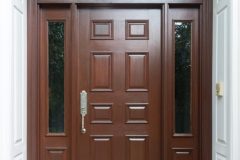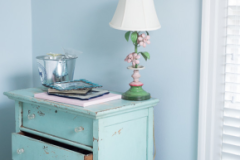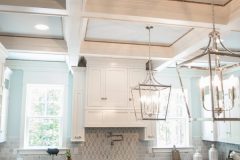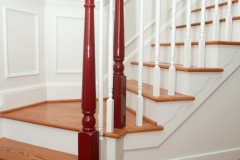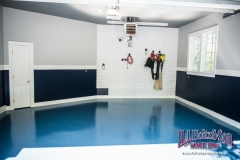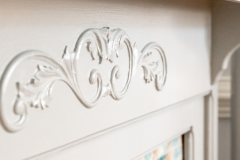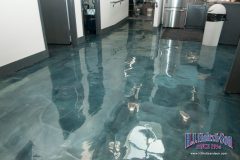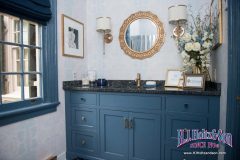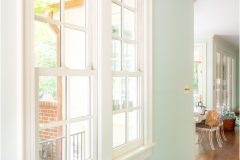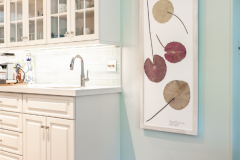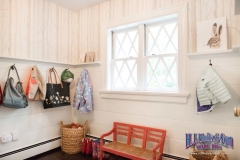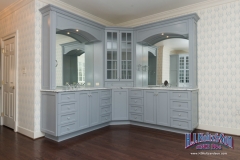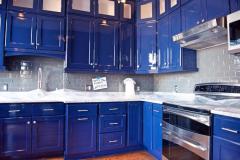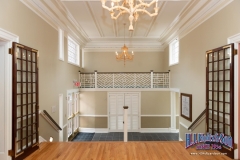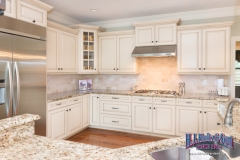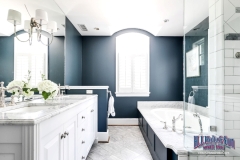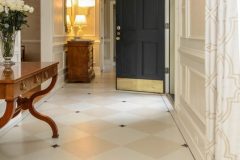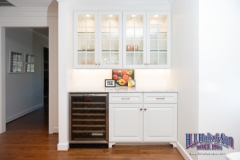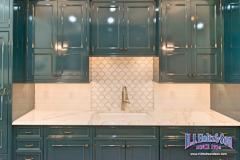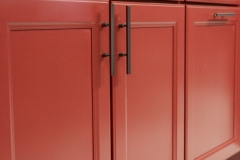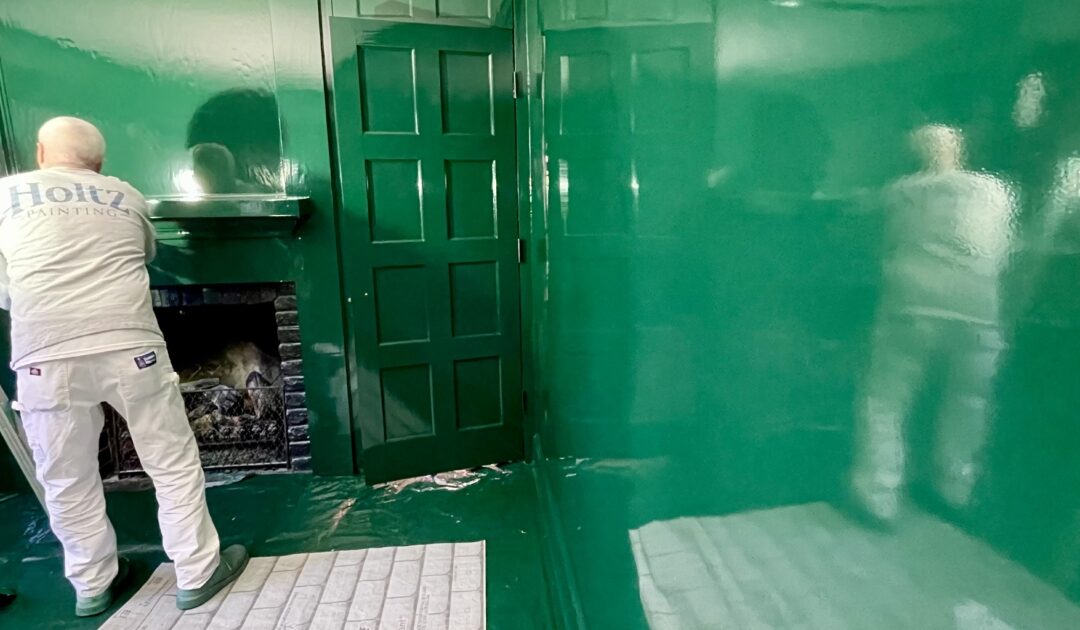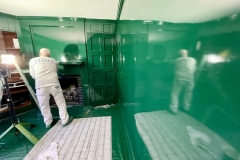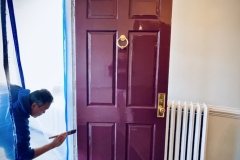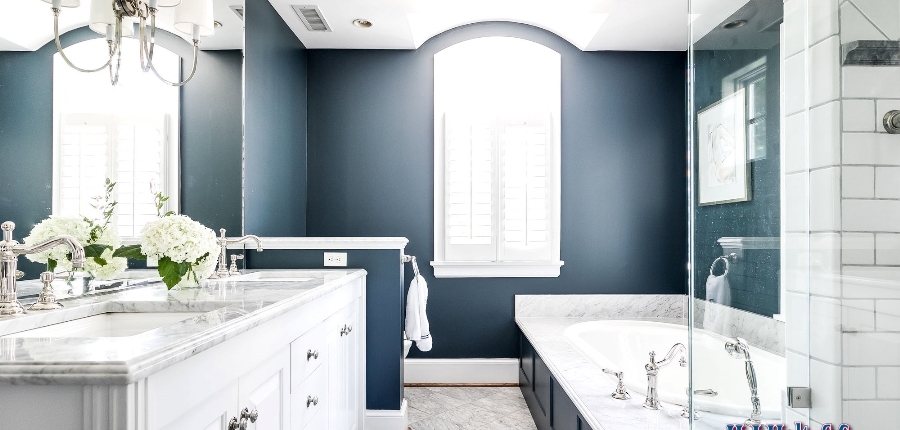
WHAT PAINT SHEEN SHOULD I CHOOSE
Painted surfaces are everywhere in a home: walls, of course, but also trim, crown molding, cabinets, shelves, and ceilings. Paint can also be used on stairs, floors, and even furniture. Every time we make a paint selection for our homes, we have to select a paint sheen – or gloss level – for that paint, which affects both durability and appearance.
The best way to approach choosing a paint sheen, says Steve Preas, Benjamin Moore’s mid-Atlantic representative, is to understand the options, which may be different depending on the brand of paint under consideration. Sheens may be called flat, matte, eggshell, pearl, satin, semi-gloss, or high gloss – with flat and matte having virtually no shine and high gloss the most shine.
“There is no standard when it comes to paint sheen,” he says. “One company might say we have a matte finish, but one person’s matte finish might be somebody’s flat finish or somebody else’s satin finish.”
What is uniform, Preas says, is that each paint sheen has its own characteristics and strengths. “The higher the sheen, the more durable it will be, because it resists fingerprints, and is moisture- and scuff-resistant,” he notes. “You want to use high sheen on high-touch surfaces, like doors, cabinets, and trim.”
Ceilings often get the lowest sheen, since they aren’t routinely touched. Low-sheen paints are also useful in covering imperfections in surfaces, like dings or nail pops commonly found on walls.
“It’s about the way the light will catch the surface,” Preas says. “The glossier the surface, the more the light reflects off it and the more light will be bounced back to your eye.”
The sheen can also seemingly affect the paint color itself.
“A matte finish can make a color seem deeper, more saturated,” Preas says. “When you go up in sheen, more light is being reflected, so it can seem a little lighter than the shade selected.”
The overall brightness of a room should also factor into both shade and sheen selection, because both natural light as well as light from lamps or wall and ceiling fixtures will affect the perceived color of walls, in particular. Preas notes that the same paint color, when painted on different walls with different light exposures, can appear as mismatched hues.
“It’s a phenomenon that can drive people crazy,” Preas says. “We have customers who notice that their crown molding looks different from the other trim in the room. It’s about the tilt of the molding and how it reflects light differently.”
Paint color can also appear to change over the course of a day or across seasons – again, because of the way the light is moving. While this shifting might seem confusing, it can also help people enjoy the space.
“We have color stories – our color collections – that play up on that dynamic way that colors change throughout the day,” he says. “Some people want it to always be that green wall. But designers like a dynamic feel. A room that can feel cool in the morning but warm and cozy in the evening.”
Many of the old “rules” of household paint are now being upended, with more homeowners using color – and even high gloss paint – on ceilings for impact. In bathrooms, which historically have been painted with a shinier finish, such as satin or semi-gloss, it’s now possible to use a Benjamin Moore matte finish, AURA Bath & Spa, specifically formulated to withstand moisture.
“You don’t have to have that shiny paint,” Preas says. “You get that true color, but not the streaks that may happen.”
The bottom line, Preas says, is to answer three foundational questions at the start: What kind of paint do you want? What color of paint do you want? What sheen of paint do you want? “You have to have those questions answered before you start,” he says. “Paint is like labor; you want to make sure you have everything agreed upon from the beginning.”

